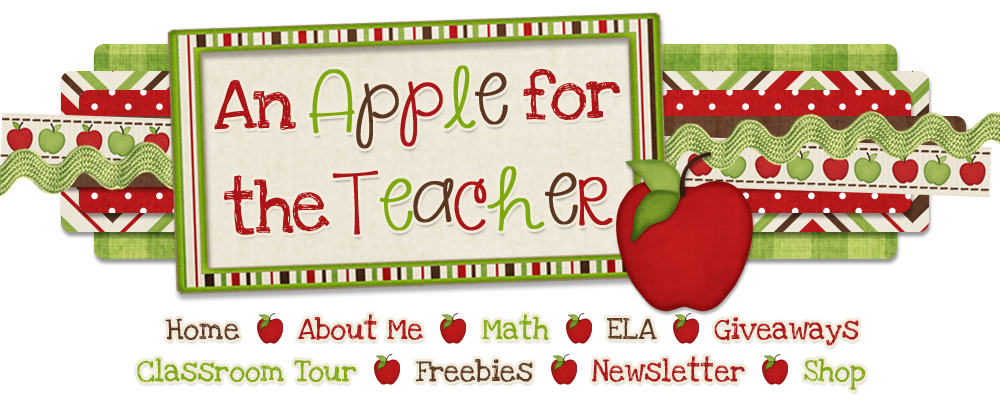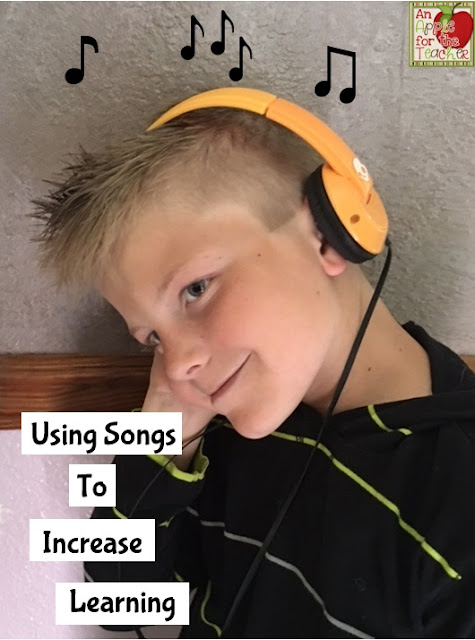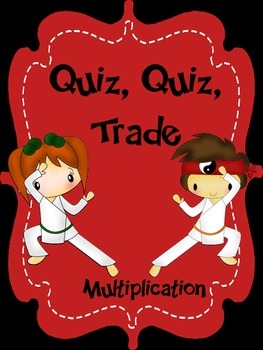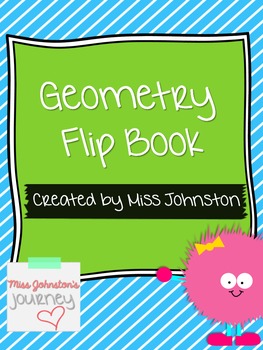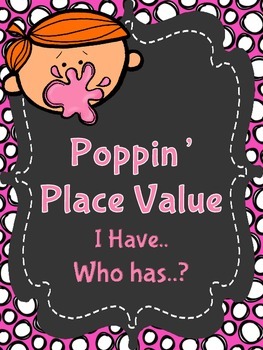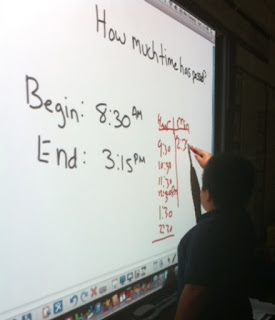It is so difficult to keep your students focused and engaged those last few weeks of school when they are already dreaming of summer and being outdoors. If you are looking for a fun end-of-the-school-year activity, you will want to check this out!
I was checking out Pinterest when I saw this amazing version of Scoot from The Primary Gal. I knew it would be the perfect way to get my kiddos outside while still working on content.
This post contains affiliate links. I earn a small commission each time someone makes a purchase using one of my links, which helps to support the blog. All opinions are my own and I only promote brands and products that I have used myself and truly love.
We have been working on elapsed time in our class, and it has been very tricky for some of my kiddos, so I decided to use this activity to give them a little more practice.
First, I had each student create their own elapsed time problem on an index card.
I checked their work and gave them a number on their card that corresponded to the answer key that I made with one of the sheets.
Then I had the students take their card and NEATLY write their question using sidewalk chalk on a section of the sidewalk.
After everyone wrote down their question, it was time to solve the problems SCOOT style. Each child moved from question to question answering them on their recording sheet.

You can grab a free copy of The Primary Gal's recording sheet by visiting her blog post here.
I love how versatile this activity could be! You can use it to review so many different skills. I am looking forward to trying this again with other subjects and skills. A few ideas I am thinking about include:
This post contains affiliate links. I earn a small commission each time someone makes a purchase using one of my links, which helps to support the blog. All opinions are my own and I only promote brands and products that I have used myself and truly love.
We have been working on elapsed time in our class, and it has been very tricky for some of my kiddos, so I decided to use this activity to give them a little more practice.
First, I had each student create their own elapsed time problem on an index card.
I checked their work and gave them a number on their card that corresponded to the answer key that I made with one of the sheets.
Then I had the students take their card and NEATLY write their question using sidewalk chalk on a section of the sidewalk.
After everyone wrote down their question, it was time to solve the problems SCOOT style. Each child moved from question to question answering them on their recording sheet.

You can grab a free copy of The Primary Gal's recording sheet by visiting her blog post here.
I love how versatile this activity could be! You can use it to review so many different skills. I am looking forward to trying this again with other subjects and skills. A few ideas I am thinking about include:
What skills would you use it for?
Before you go, head on over to our giveaway page to enter our current giveaway! Every week one lucky winner gets a $25 Teachers pay Teachers gift card!
